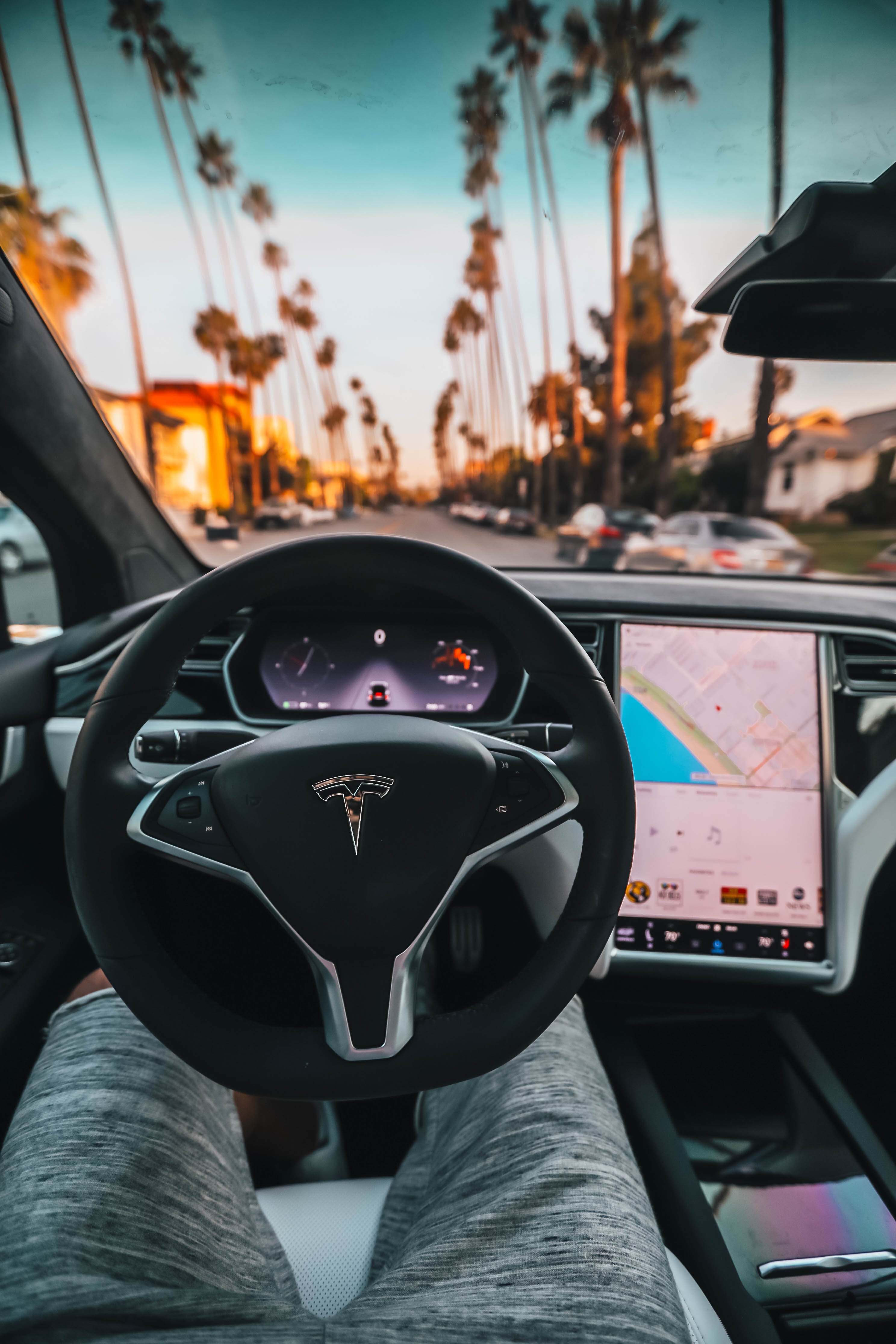
Self-driving cars are coming. There’s no use debating about whether we should have them or not, because they’re coming regardless. In fact, they’re already here. It’s more important for us to explore the issues surrounding self-driving cars and what this may mean for our future.
Motor vehicle crashes were the leading cause of death for age 10 and every age 16 through 23 in 2015.1
34,439 were killed in motor vehicle accidents in 2016.2
When 94 percent of crashes are caused due to human error, it clear that the key benefit of self-driving cars will be safety.
Interestingly, this is the very thing that many people seem to struggle with the most. There is a sense among forums that humans don’t trust the robots. They’re worried about hacking, or malfunction. Companies who will be selling self-driving cars will have to comply with the Federal Motor Vehicle Safety Standards and certify that each vehicle is clear of safety risks. Cybersecurity will indeed be a major focus for these companies to mitigate safety risks.
Although safety is the number one benefit there’s a lot of great things that the self-driving car will bring. Economic advances will also make a huge impact and the trickle effect will be extensive. Consider that transport costs for goods will go down, less insurance costs since insurance charges are based on risk, less injuries so lower medical costs and so on. You’ll no longer need to pay for parking because the cars will drive themselves home. It’s also expected that people will either only own one car, or use a system of ordering cars, so there’s less capital outlay for vehicles. That’s a huge saving!
Health Benefits All Round
Not only will you be less likely to receive any car related injuries there are a lot of other health benefits. Can you imagine what you will do with the extra 111 hours you spend in gridlock every year?3
You could go for walk, spend some time with your family or get some more work done. Gridlock will definitely be reduced. Cars will be able to talk to each other to ensure that the most efficient driving methods will be used.
Your environment will also improve. There’ll be less gas emissions since the cars will operate more efficiently and more electric cars will be on the roads. This won’t be inconvenient because they’ll be able to recharge themselves.
When are they coming?
We’re not totally sure. It’s a future technology that won’t be allowed on our roads until Government bodies are satisfied that the technology is safe. They also need to be aware of the impact self-driving cars will have on the economy and as such will likely make legislative decisions based on the overall benefits to society, we hope. So if they know that the self-driving car will displace x number of jobs then hopefully they’re putting into place new job avenues for these workers before giving the self-driving car clear run.
How many jobs are we potentially looking at?
- Truck drivers (well, they’ve already been affected by self-driving trucks) = 1.6 million* jobs
- Delivery truck operators = 800,000*
- Taxi drivers = 180,000*
- Uber drivers = 160,000*
- School bus drivers = 500,000*
- Transit bus drivers = 160,000*
- Parking lot attendants, Street meter attendants, gas station attendants, rental car agencies = 220,000*
That’s roughly 4 million jobs affected. Furthermore, there’ll be less repairs needed, less gas stations, less injuries and so all of those industries that assist in those areas will lose out as well.
*approximate figures based on ABLS 2015.
The Fear of Change
Technology is progressing at a fast pace around us constantly. So why is it that the self-driving car is such a hot issue? We think it’s not just because there is a far-reaching impact of the change. It’s more that the impact is something like out of our dreams. When we saw Back To The Future, Minority Report and the like, we talked excitedly about their possible technology but always sensing that it wouldn’t happen in our lifetime. The type of world we’ll be living in with self-driving cars feel like something out of Back To The Future. As such there’s a real sense of lack of control over our destiny…almost like some kind of dream world we’re going to be thrown into before we know it. It’s curious, wonderful and scary.
Summary
The future is coming, and it’s coming quickly. Exactly when we can’t know for sure because it’s not just about the technology, but also the legislation. One thing is for sure, that our world will be a very different place from the one in which we live, and once the transformation occurs it will transform at pace. Cars were once a visual sign of families achieving the American Dream. For people who’ve grown up in that world, the new world vision is hard to get your head around. It’s possible that the dream world you see automated vehicles creating is not nearly as fantastic as it will be!
We’ve addressed some of the pros and cons in this article but we really want to hear your thoughts. Please download the app, if you haven’t already, and tell us what you think about the change driven by self-driving cars (pardon the pun ;).
If you enjoyed reading this article, please download VoxPopApp, and select Science & Technology and any other topics you care about. On occasion, please respond to a quick 10 second anonymous survey, and make it count. We really want to hear your voice. Thank you!

 Michael J. Muschel, MD FACC MS
Michael J. Muschel, MD FACC MS



